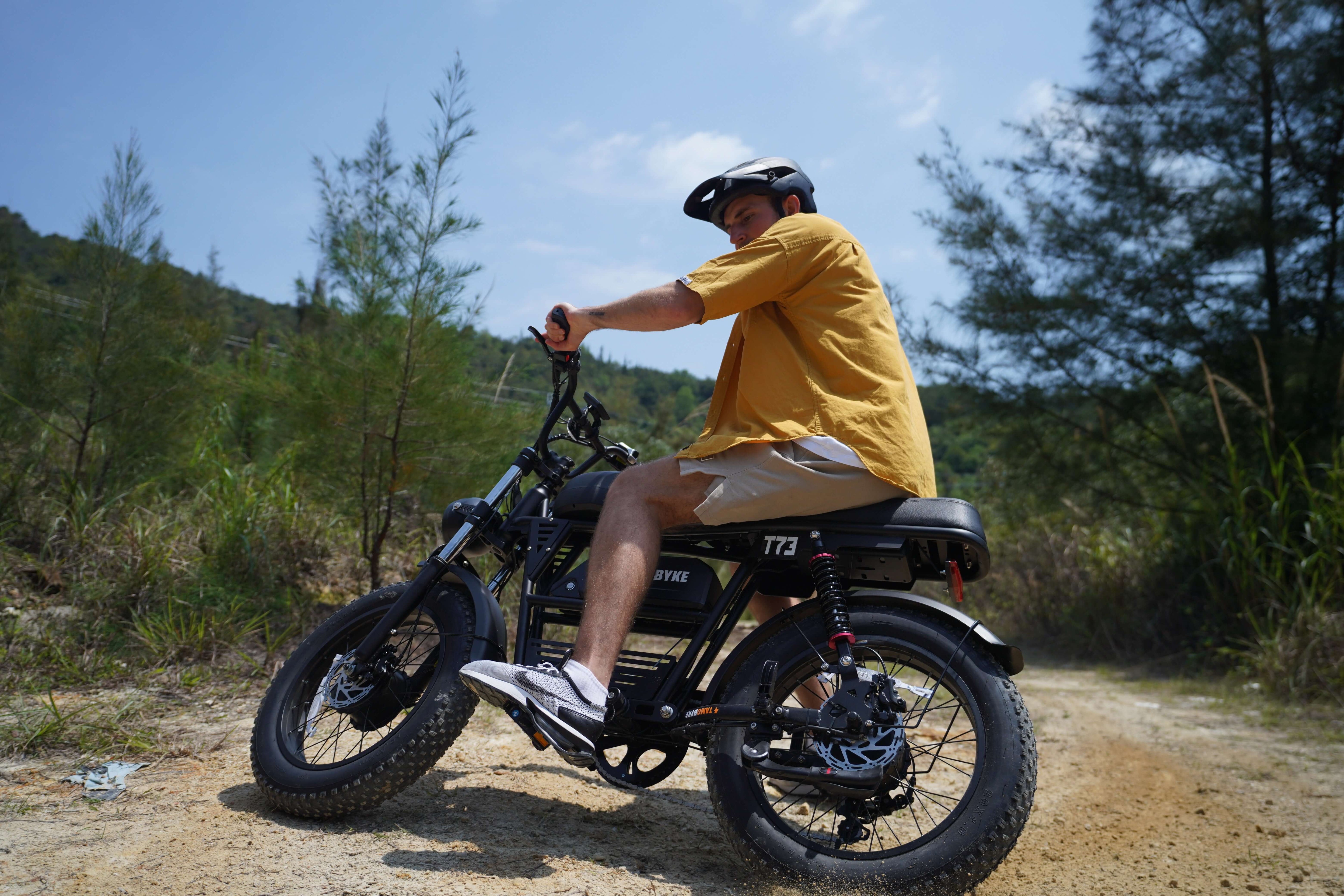Why E-bike Safety Matters More Than Ever
The popularity of electric bicycles has skyrocketed, with sales increasing by over 240% in recent years. This surge brings both opportunities and challenges. Unlike traditional bicycles, e-bikes can reach speeds of 20-28 mph, requiring enhanced safety awareness and preparation.
Statistics show that proper safety protocols can reduce e-bike accidents by up to 70%. This comprehensive guide will equip you with essential checklists to ensure every ride is both enjoyable and secure.
Pre-Ride Safety Checklist
Battery and Electrical System
- Battery charge level: Ensure at least 50% charge for short trips, 80%+ for longer rides
- Battery connection: Check secure mounting and clean contacts
- Display functionality: Verify all e-bike display settings are working properly
- Motor operation: Test pedal assist and throttle response
- Charging port: Inspect for damage or moisture
Mechanical Components
- Tire pressure: Check recommended PSI (typically 35-65 PSI for e-bikes)
- Brake performance: Test both front and rear disc brakes
- Chain condition: Ensure proper lubrication and tension
- Wheel security: Verify quick-release or bolt-on wheels are tight
- Handlebar alignment: Check steering is straight and secure
Safety Equipment
- Helmet: DOT or CPSC certified, properly fitted
- Lights: Front white light (minimum 200 lumens) and rear red light
- Reflective gear: High-visibility clothing for dawn/dusk rides
- Bell or horn: Required in many jurisdictions
- Lock: Quality U-lock or chain for security
Route Planning Essentials
Digital Preparation
Planning your route is crucial for e-bike commuting success. Use dedicated cycling apps like Strava or Komoot to identify bike-friendly paths and avoid busy roads.
- Distance calculation: Factor in battery range (typically 20-50 miles)
- Elevation profile: Steep hills drain battery faster
- Charging stations: Locate public charging points for longer trips
- Weather conditions: Check forecasts for rain, wind, or extreme temperatures
- Traffic patterns: Avoid rush hour congestion when possible
Emergency Preparedness
- Emergency contacts: Program important numbers in your phone
- Basic tools: Multi-tool, tire levers, spare tube, pump
- First aid: Small kit with bandages and antiseptic
- Insurance information: Carry proof of coverage
- Cash/cards: For emergencies or unexpected stops
Weather-Specific Considerations
Rainy Day Riding
E-bikes generally handle light rain well, but require special precautions:
- Waterproof gear: Protect yourself and your belongings
- Reduced speed: Wet surfaces increase stopping distance
- Battery protection: Many e-bikes are water-resistant, not waterproof
- Visibility: Use additional lights and wear bright colors
Winter Riding Safety
Cold weather affects e-bike battery performance, reducing range by 20-40%.
- Battery warming: Store battery indoors when possible
- Tire selection: Consider wider tires or studded options
- Clothing layers: Dress for wind chill at riding speeds
- Reduced daylight: Plan for earlier darkness
Post-Ride Maintenance Checklist
Immediate Care
- Battery removal: Store indoors if possible
- Cleaning: Wipe down frame and components
- Charging: Plug in battery if below 20%
- Security: Properly lock your e-bike
Weekly Maintenance
Regular e-bike maintenance extends lifespan and ensures safety:
- Deep cleaning: Wash frame and drivetrain
- Lubrication: Apply chain oil and pivot points
- Inspection: Look for wear, damage, or loose components
- Software updates: Check manufacturer's app for firmware updates
Legal and Insurance Considerations
Understanding e-bike regulations varies by location. Most areas classify e-bikes into three categories:
- Class 1: Pedal-assist only, 20 mph max
- Class 2: Throttle-assisted, 20 mph max
- Class 3: Pedal-assist, 28 mph max
Check local laws regarding helmet requirements, age restrictions, and where you can legally ride. Consider specialized e-bike insurance to protect your investment.
Technology Integration for Safety
Modern e-bikes offer advanced safety features through smartphone integration. GPS tracking helps with theft recovery, while ride analytics can identify patterns that improve safety. Some newer models include automatic emergency calling and integrated turn signals.
The National Highway Traffic Safety Administration provides comprehensive guidelines for all cyclists, including e-bike specific recommendations.
Building Safe Riding Habits
Developing consistent safety habits is more important than any single piece of equipment. Always signal turns, maintain awareness of surroundings, and ride predictably. Remember that other road users may not expect an e-bike's speed, so clear communication through positioning and signaling is essential.
Conclusion
E-bike safety isn't just about following rules—it's about creating a sustainable, enjoyable riding experience that keeps you coming back. By implementing these comprehensive checklists and maintaining your equipment properly, you'll maximize both safety and performance.
Remember that e-bike technology continues evolving rapidly. Stay informed about new safety features, regulatory changes, and best practices through manufacturer updates and cycling community resources.
Every ride is an opportunity to practice these safety protocols. Start with shorter trips to build confidence, then gradually extend your range as your skills and preparation improve. Safe riding habits developed early will serve you well throughout your e-bike journey.
Whether you're a daily commuter or weekend adventurer, proper preparation transforms every ride from a potential risk into a guaranteed adventure. Make safety your priority, and let the open road become your reward.


Share:
Weather-Specific Riding Techniques: Advanced Skills for Challenging Conditions
Tamobyke's Advanced E-bike Technology: Revolutionizing Electric Cycling